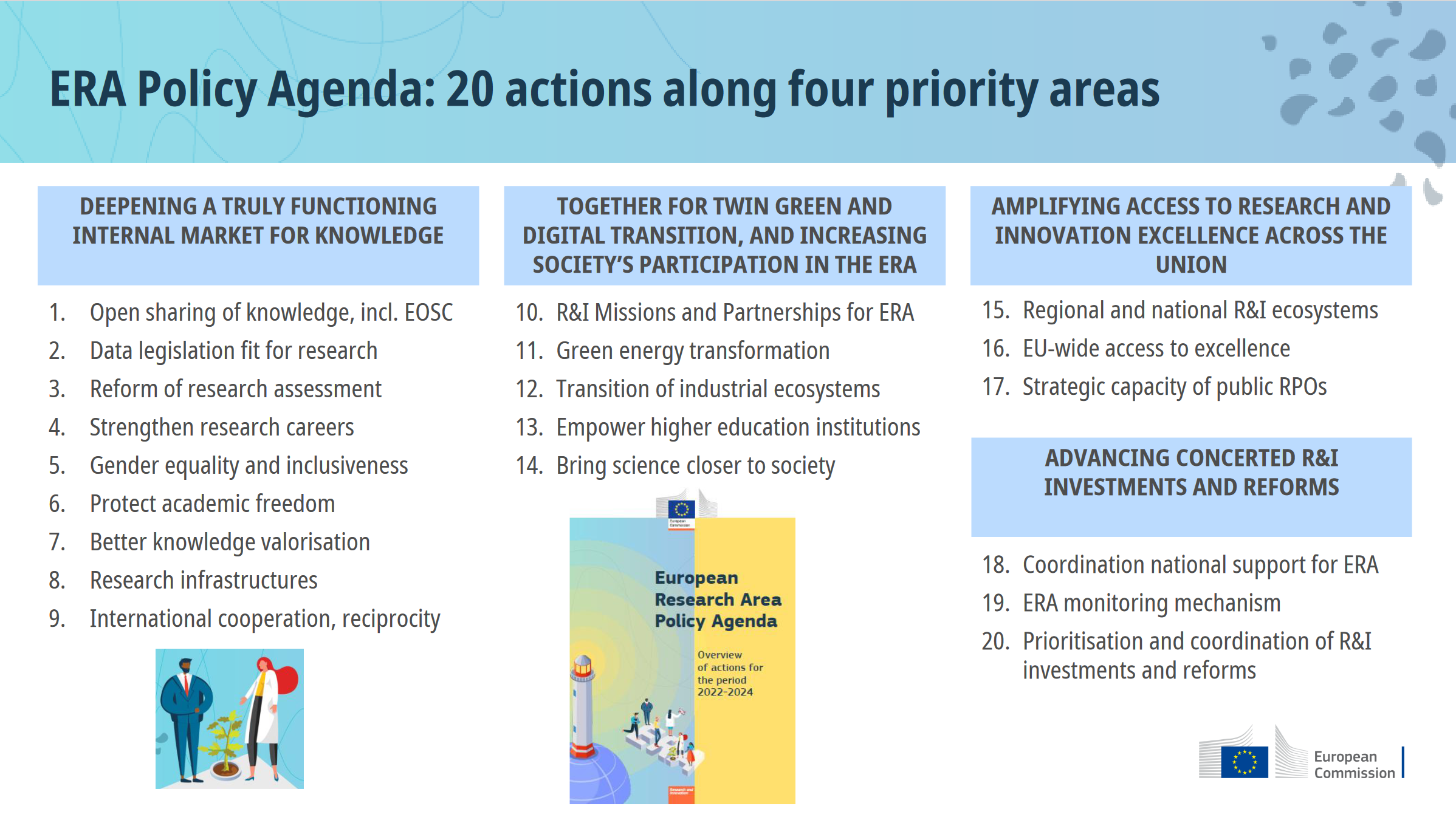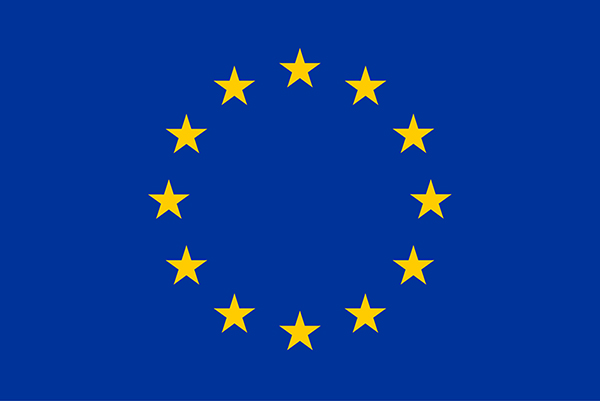European Research Area (ERA)
European Commissioner Philippe Busquin launched the idea of the European Research Area back in November 2000. “The problem is not money but fragmentation of the efforts carried out at European level,” he had said. “So it is imperative that we mobilise resources and create a movement towards coherence of research policies in Europe.”
This statement introduced the European Research Area (ERA), which aims at creating a unified research area open to the world, and enabling the free circulation of researchers, scientific knowledge and technology. Most importantly, ERA is based on the European internal market. It aims to inspire the best talents to enter research careers, to incite industry to invest more in European research and to strongly contribute to the creation of sustainable growth and jobs. The Framework Programmes are instruments to achieve the ERA objectives.
If you want to know more details about the history of the ERA, check out this glossary article and this news article on our website.
In 2018, the Council of the EU and the European Commission initiated a process to renew the ERA, and establish a new ERA narrative, new objectives and a more effective ERA governance in order to
- make it future-proof
- make it better able to address the major challenges of the digital and green transition
- increase Europe’s resilience following the Covid-19 crisis.
In late 2021, the Council of the EU adopted a Pact for Research and Innovation with values and principles guiding research and innovation and priority areas for joint action as a first key achievement.
In addition to this new governance framework, an ERA Policy Agenda with 20 voluntary actions to contribute to the priority areas of the Pact for R&I has been defined for the time period of 2022 to 2024.

Source of image: Presentation of DG Research and Innovation at the Meeting of the Steering Platforms in Skopje, 2023
News
-
In Focus: Mapping, monitoring and progress reporting – in service of the Western Balkans
We would like to present one of the core elements of the POLICY ANSWERS project: the analytical activities. We believe that these create a real benefit for the region, and feedbacks from various stakeholders...
-
POLICY ANSWERS Reports on Western Balkans’ ERA Integration (November 2023)
The POLICY ANSWERS project monitors and analyses the progress made by the Western Balkans in their integration into the new European Research Area (ERA). The results for the first edition of the reports...
-
Western Balkans successful participation in the projects of the EU mission: A Soil Deal for Europe
The European Commission will invest €90 million in 17 new research projects contributing to the EU Mission: ‘A Soil Deal for Europe'. These projects will work on restoring and protecting soil health...
[ Show all News ]
Events
-
European Research and Innovation Days
The European Commission’s annual flagship research and innovation event brings together policymakers, researchers, entrepreneurs, and the public to debate and shape the future of research and innovation...
-
Save-the-date: Online workshop on synergies 28 November
One of the tasks of the NCP_WIDERA.NET is to ensure synergies between widening opportunities, programmes and funding instruments. As part of these activities, four Mutual Learning Workshops will be organised...
-
NCP_WIDERA.NET organises different meetings in Brussels on 7-9 November 2023.
[ Show all Events ]
Organisations
-
University Gender Resource Centre
The University Gender Resource Centre (UNIGeRC) was established within the Human Rights Centre of the University of Sarajevo as a body to coordinate activities in the fields of gender equality and combating...
-
Innovation Fund of Montenegro was established by the Government of Montenegro one year ago as national umbrella institution for implementation, funding and coordination of measures and innovation policies...
Calls
-
EIT Community New European Bauhaus (NEB) has launched a new call for start-ups
The EIT Community New European Bauhaus (NEB) has launched a new call for start-ups specialising in delivering systems change and new sustainable ways of living together. There are 28 spots available - ...
-
[Call for Applications] New European Bauhaus Prizes 2024
The New European Bauhaus is a creative and interdisciplinary initiative that connects the European Green Deal to our living spaces and experiences. The New European...
-
The NCP_WIDERA.NET project invites internationally leading research institutions from Spain, Germany, Italy and Finland, to host a three-day study visit consisting of promising researchers or research...
[ Show all Calls ]
Documents
-
The report on Serbia’s integration into the new European Research Area (ERA) for the monitoring period 2022/23 provides an overview of the current state of Serbia’s progress and its challenges related...
-
The report on North Macedonia’s integration into the new European Research Area (ERA) for the monitoring period 2022/23 provides an overview of the current state of North Macedonia’s progress and its ...
-
The report on Montenegro’s integration into the new European Research Area (ERA) for the monitoring period 2022/23 provides an overview of the current state of Montenegro’s progress and its challenges...
[ Show all Documents ]
Links
-
wideraexperts.eu Matchmaking Portal
The wideraexperts.eu is a free-of-charge matchmaking portal for international experts and Widening countries applicants. The aim is to support the applicants from Widening countries who plan to submit...
-
EURAXESS Startup Hub Digital Toolkit
EURAXESS Startup Hub Are you a researcher who wants to go after the startup entrepreneurship career? Are you a Research Performing Organization with a vision to create or further...
-
Introducing the new European Research Area (ERA)
The European Research Area (ERA) is the ambition to create a single, borderless market for research, innovation and technology across the EU. It helps countries be more effective together, by strongly...
[ Show all Links ]
Projects
-
European Open Science Cloud Future
The European Open Science Cloud (EOSC) will provide European researchers, innovators, companies and citizens with an open environment that will allow them to publish, find and reuse data, tools and services...
-
Learn about the new Green ERA-Hub (GEH) project within the Horizon Europe framework, that started in September 2022. The GEH will provide clear perspectives for ERA-Nets, ERA-Net Cofunds, national ...
